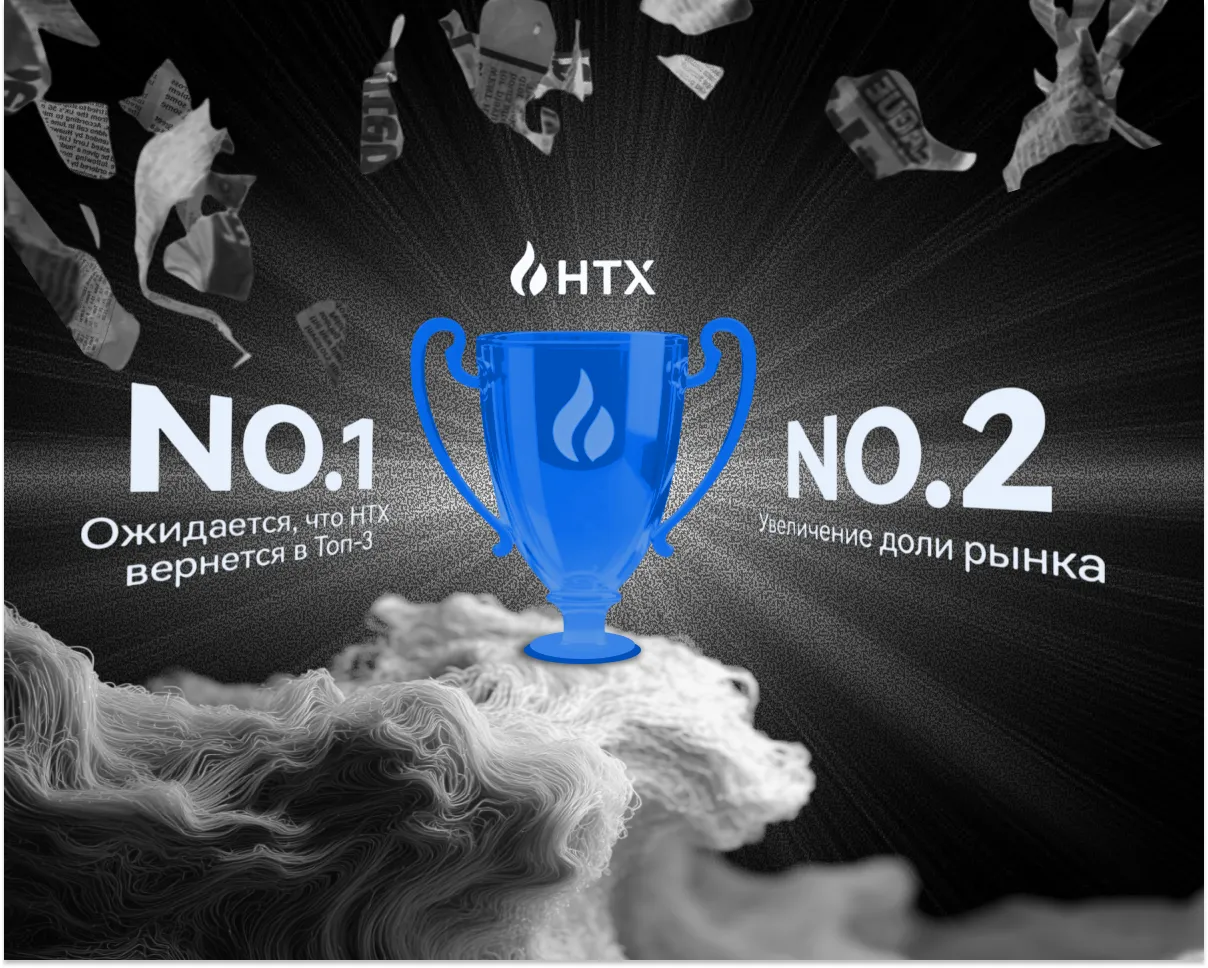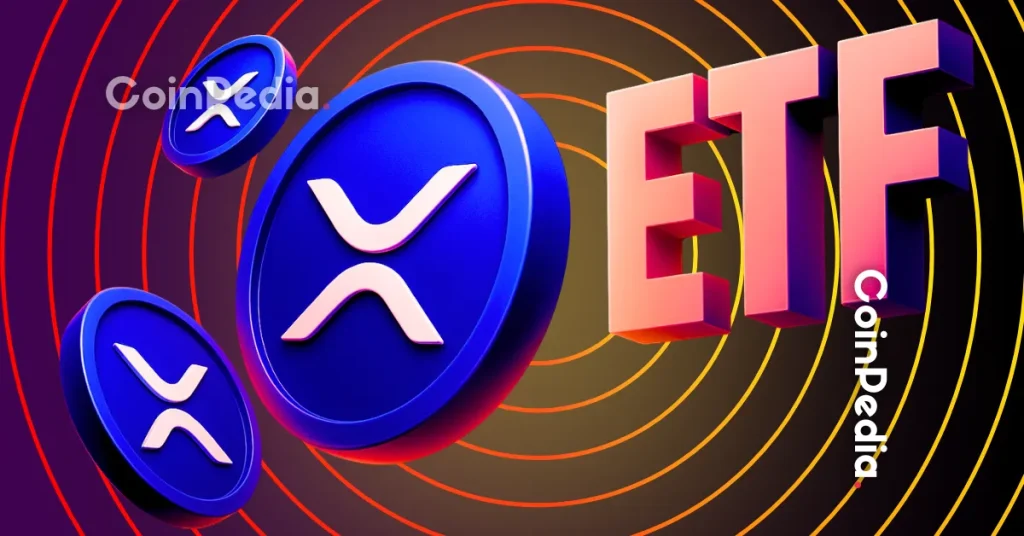
Visa Tests New Ethereum Features
Payment giant Visa conducted an experiment using a mechanism called ERC-4337 “account abstraction” of Ethereum (ETH), and released a report on the 17th. This is part of exploring new trading methods using blockchain technology, suggesting that it may be useful for everyday transactions.
ERC-4337 is a mechanism called “account abstraction” that adds a program payment function to payments on the Ethereum blockchain. Users can own smart contract-style accounts and use advanced payment features.
For example, two-factor authentication, gas payment using ERC20, signing transactions on a smartphone, setting a monthly spending limit for an account, offloading gas bills, etc.
@Visa continues to explore real world applications for blockchain.
today is suboptimal, for both individuals and businesses. #AA publication last year, we are sharing our experiment today on #ERC4337 #paymaster pic.twitter.com/WSYW7oUeOG
— Catherine Gu (@catgu_) May 17, 2023
According to Catherine Gu, CBDC (central bank digital currency) and protocol officer at Visa, the company has conducted two real-life experiments on Ethereum’s testnet Goerli to explore the utility of ERC-4337. . Specifically, we tested whether transaction fees can be paid with tokens (stablecoins, etc.) issued according to the ERC-20 standard, and whether a third party can shoulder all transaction fees.
These experiments used Visa’s own smart contract called Paymaster. Paymasters can customize transactions and manage account settings such as gas payment processing when users interact with smart contracts.
Possibility of Paymaster
According to Visa’s report, such a method would offer a more flexible option than the fee structure currently used on the Ethereum blockchain. However, they note that these efforts are still in the development stage, so the final product may not be exactly what is currently described.
It has also been suggested that Paymaster’s potential could make the trading process more efficient by integrating existing ERC-20 tokens like USDCoin (USDC). However, as a Paymaster that manages transactions on the blockchain, it is necessary to create an independent transaction information pool (mempool) that lists those whose reliability has been established and shares that list. This will allow the Bundler, which is responsible for adding transactions to the blockchain, to select a highly reliable Paymaster to process transaction information.
It also requires cooperation with an oracle (information provider) that provides necessary information to Paymaster, such as token prices. Oracles are responsible for bringing data from outside the blockchain into the blockchain.
Visa has attracted attention by announcing a policy to start using Ethereum-based USDC payments. In December 2010, he publicly expressed his interest in account abstraction by posting an article proposing a mechanism for periodic automatic payments using blockchain. In February of this year, he revealed that he had tested a large-scale payment of the stablecoin “USDC”.
connection:US payment giant Visa proposes automatic payments for digital wallets
ERC-4337 is based on a concept announced by Ethereum (ETH) founder Vitalik Buterin in 2015. This feature was implemented on the Ethereum blockchain in March 2023.
connection:Ethereum Implements “Smart Account”, Expected to Improve Wallet Usability
The post Visa’s Ethereum Experimental Report Explores Trading Capabilities Through ‘Account Abstraction’ appeared first on Our Bitcoin News.

 2 years ago
141
2 years ago
141














 English (US) ·
English (US) ·